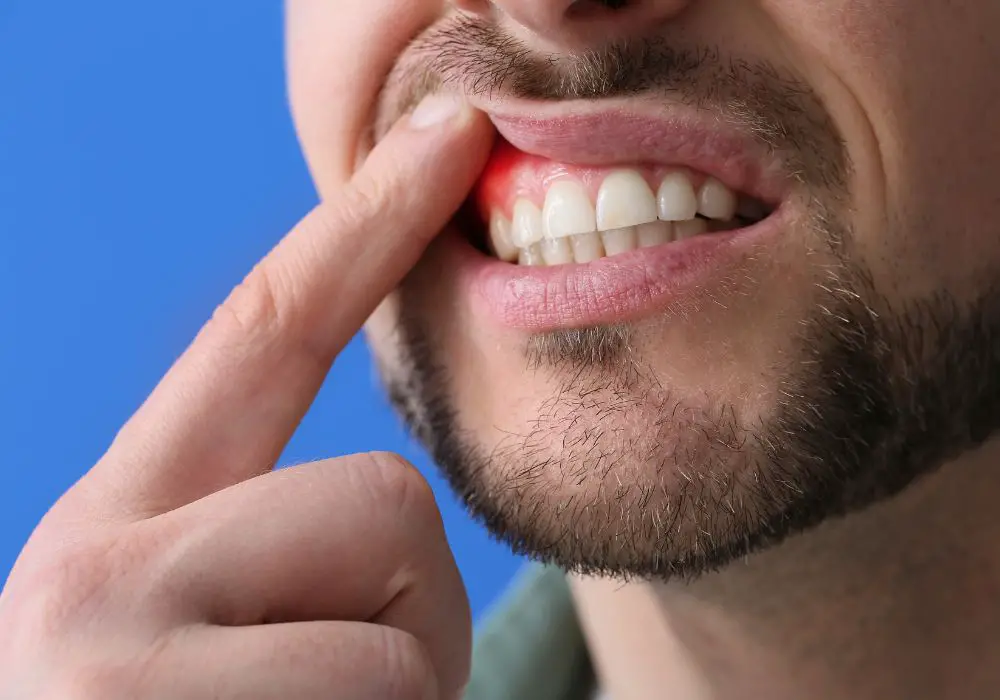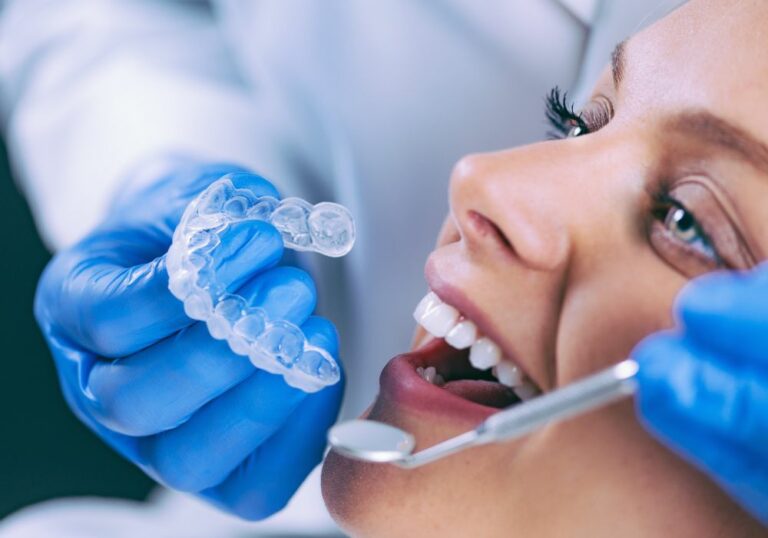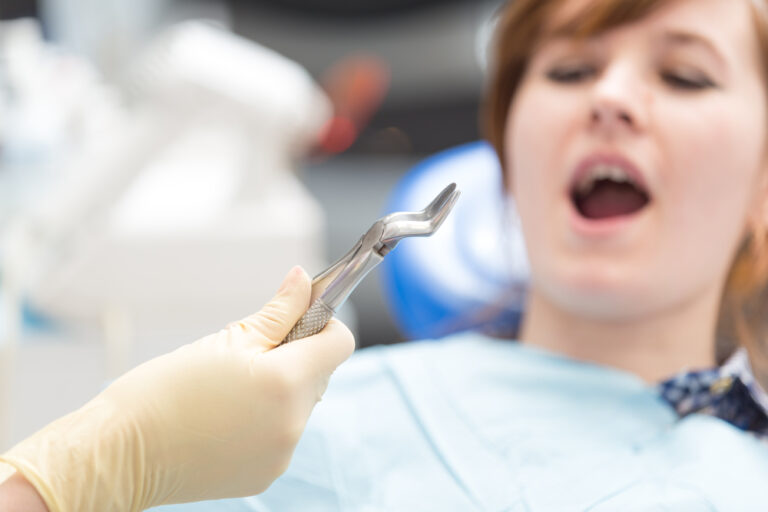Gum disease, also called periodontal disease, is an infection of the gums and tissues surrounding the teeth. It is one of the main causes of tooth loss in adults. Gum disease develops from plaque buildup that causes inflammation and progressively destroys gum tissues and bone, leading to loose or lost teeth. There are ways to treat gum disease and fix affected teeth with proper dental care.
Understanding Gum Disease

Gum disease occurs in stages and ranges from mild gingivitis to severe periodontitis.
Gingivitis
This is the early and mildest form of gum disease. It is caused by a buildup of plaque along and under the gumline. Plaque is a sticky film of bacteria that forms constantly on teeth. Too much plaque irritates the gums and causes them to become inflamed, puffy, and red. The gums may bleed easily during brushing or flossing. Professional cleaning and improved oral hygiene can usually reverse gingivitis.
Mild Periodontitis
If left untreated, gingivitis can advance to periodontitis. At this stage, plaque spreads below the gumline and toxins stimulate an inflammatory response from the body. The tissues and bone that support the teeth become infected and slowly break down. The gums begin detaching from the teeth, forming pockets that fill with bacteria, plaque, and tartar. Tartar is hardened plaque that develops into a crusty deposit.
Moderate Periodontitis
As the disease progresses, the pockets deepen and more gum tissue and bone are destroyed. The gums recede further, exposing vulnerable tooth roots. Toxins may eventually destroy the periodontal ligament and soft tissue holding teeth in place. This can cause teeth to feel loose and start shifting position.
Advanced Periodontitis
In the final stages, significant bone and soft tissue support have been lost. Pockets are very deep, gums recede, and teeth can become loose or fall out. Other issues like pain, sensitivity, or abscesses may occur. Extensive treatment is needed to fix teeth, but some may be unsalvageable.
Causes and Risk Factors

Gum disease does not usually occur until age 30 or later, though signs can develop in the teens. A number of factors increase the risk:
- Poor oral hygiene – inadequate brushing, flossing, dental visits
- Buildup of calculus or tartar on teeth
- Smoking or tobacco use of any kind
- Stress, which suppresses the immune system
- Hormonal changes like puberty, pregnancy, menopause
- Diabetes and other systemic conditions
- Medications like oral contraceptives, steroids, calcium channel blockers
- Genetic predisposition to gum disease
- Crooked teeth, rough fillings, or ill-fitting crowns
- Malnutrition, vitamin deficiencies, eating disorders
Signs and Symptoms
Symptoms of gum disease include:
- Gums that are red, swollen, or tender
- Gums that bleed easily during brushing and flossing
- Gums that have pulled away from the teeth
- Persistent bad breath or bad taste in mouth
- Pus discharge around teeth and gums
- Teeth feeling loose, shifting, or separating
- Changes in the fit of dentures
- Tooth sensitivity to hot or cold foods
- Receding gums revealing more tooth root
- Spaces developing between teeth
Contact your dentist immediately if you notice any of these issues.
Professional Treatment Options
Treating gum disease aims to clear infections, reduce inflammation, and repair any damage to gums and bone. Options include:
- Deep dental cleanings – Also called scaling and root planing, this cleans plaque and tartar above and below the gumline. Local anesthesia is usually used. Multiple appointments may be needed. Helps gums reattach to teeth.
- Laser therapies – Laser light destroys bacteria and diseased gum tissue. Enhances healing and reduces inflammation when used with deep cleanings.
- Medications – Antiseptic chips or antibiotic gels placed in periodontal pockets fight bacteria and help gums heal. Oral antibiotics may also be prescribed.
- Gum grafts – Tissue grafts reinforce thin or diseased gum tissues destroyed by disease. Autografts use your palate tissue and allografts use donated tissue.
- Bone grafts – Materials like bone mineral or collagen are placed in areas of bone loss to stimulate regeneration. Helps stabilize teeth.
- Guided tissue regeneration – Barrier membranes are placed between gums and roots to prevent faster-growing gum tissues from interfering with bone regrowth.
- Extractions – Teeth that are too damaged or loose may be removed. They can be replaced later with implants, bridges, or dentures.
- Occlusal adjustment – Selective grinding smoothes out uneven bite surfaces to reduce excess force on certain teeth.
After treatment, excellent home care and routine professional cleanings are crucial to manage gum disease and prevent recurrence.
How to Fix Teeth Affected by Gum Disease

Teeth significantly impacted by advanced gum disease can be “fixed” and saved in these ways:
- Crowns – These fully encase and cover teeth down to the gumline to reinforce teeth, prevent fractures, and improve appearance.
- Root canals – If tooth decay or cracks extend into the pulp, infected pulp tissue is removed. The remaining tooth structure can be saved with a crown.
- Dental implants – Implants replace extracted teeth with artificial tooth roots fused to the jawbone. Lifelike artificial crowns are attached to provide a complete restoration.
- Bridges – Fixed bridges use neighboring teeth as anchors to hold a false tooth/teeth in place to fill a space left by a missing tooth.
- Partial/full dentures – Removable prosthetics replace missing teeth and prevent remaining teeth from shifting. Precision attachments can stabilize loose teeth.
- Bite guards – Also called occlusal or night guards. These protect teeth from cracking or wore down surfaces caused by clenching/grinding, especially during sleep.
With prompt treatment and ongoing care, even severely affected teeth can often be salvaged, repaired, and restored to full function.
Can Gum Disease Recur After Treatment?
Even after successful treatment, gum disease can return without proper home care and follow-up. To prevent recurrence:
- Brush twice daily for 2 minutes with a soft-bristle toothbrush. Be gentle if gums are sore.
- Floss once daily to remove food between teeth.
- Get professional cleanings every 3-6 months based on individual needs.
- Quit smoking and avoid secondhand smoke. Smoking significantly increases the risk of reinfection.
- Take any prescribed antibiotics fully until completed.
- Rinse daily with antimicrobial mouthwash recommended by your dentist.
- Watch for early warning signs like gum tenderness or bleeding and see your dentist promptly if they recur.
- Manage stress levels through regular exercise, meditation, journaling, or other relaxation techniques.
- Follow a balanced diet low in sugary foods. Stay well-hydrated.
With diligent daily oral hygiene and regular dental visits, gum disease can be controlled. Even severely damaged teeth can be repaired and gums restored to a healthy state with prompt treatment and ongoing preventive care.






